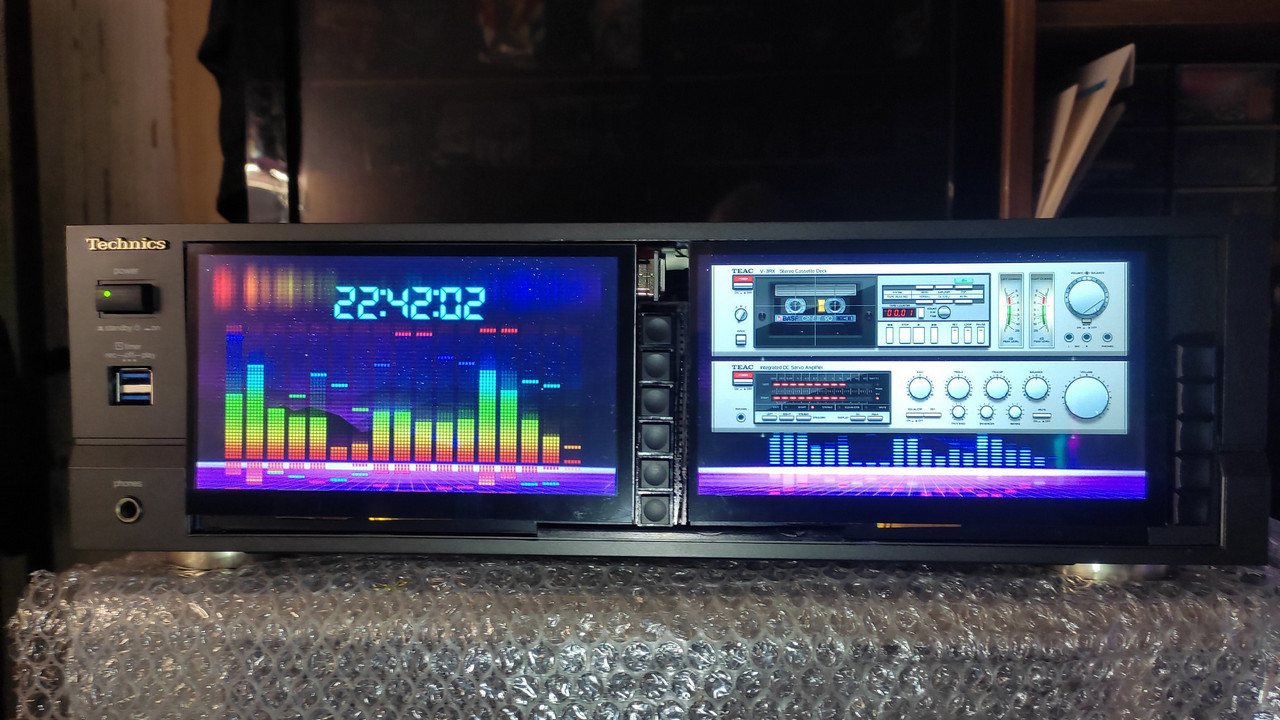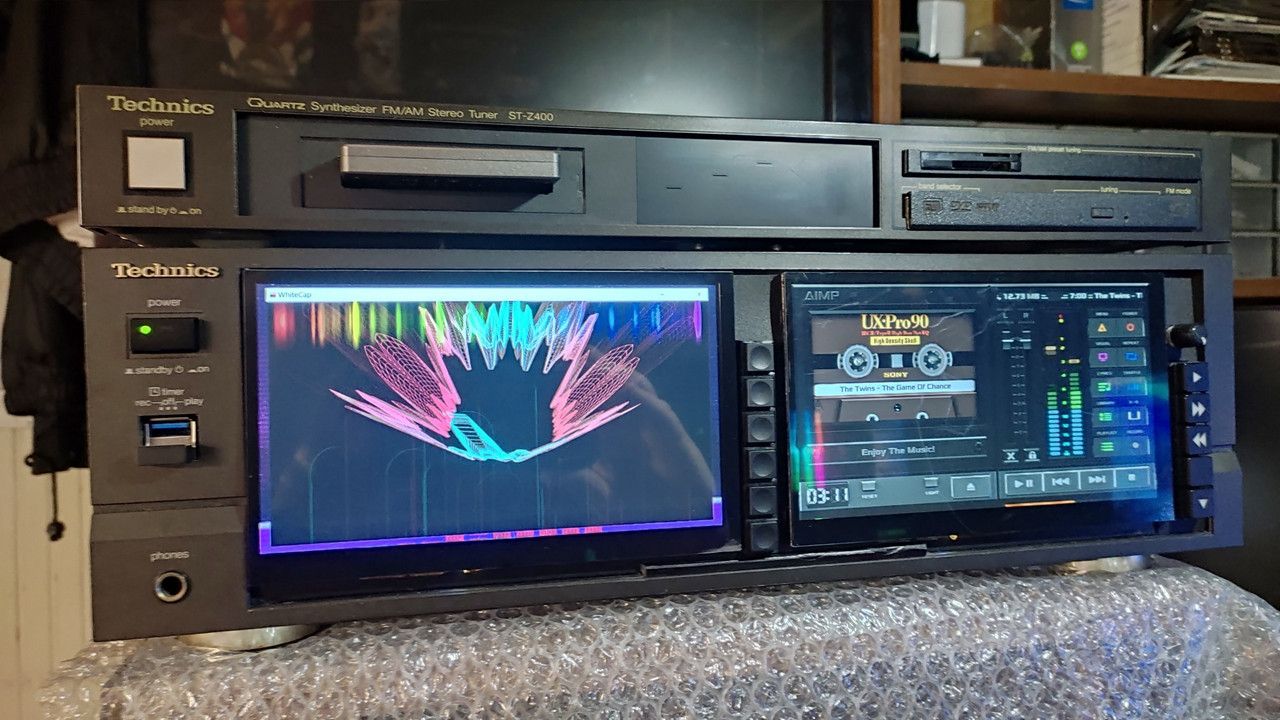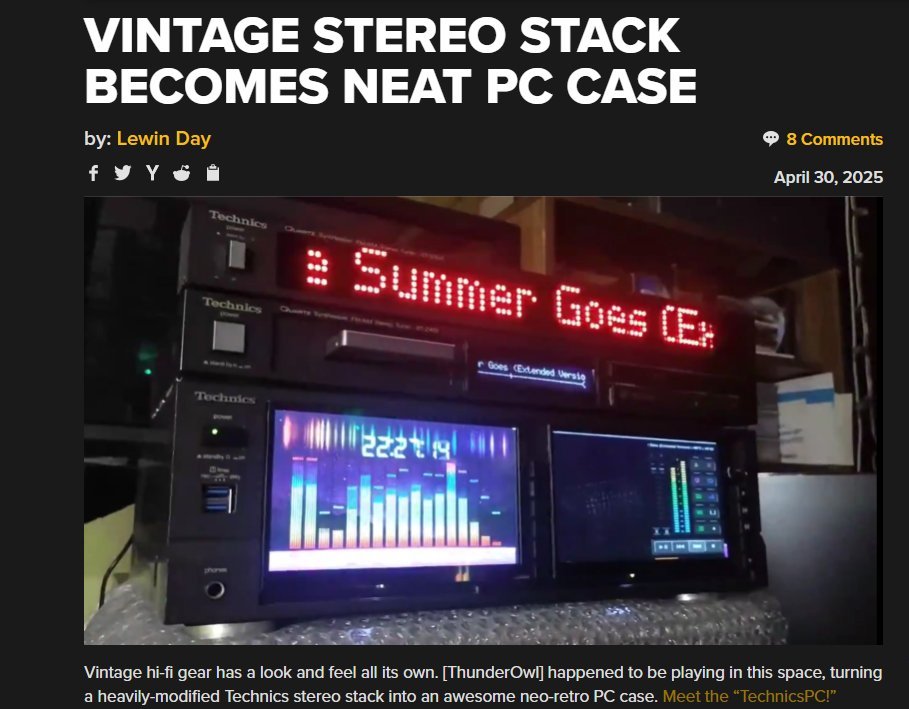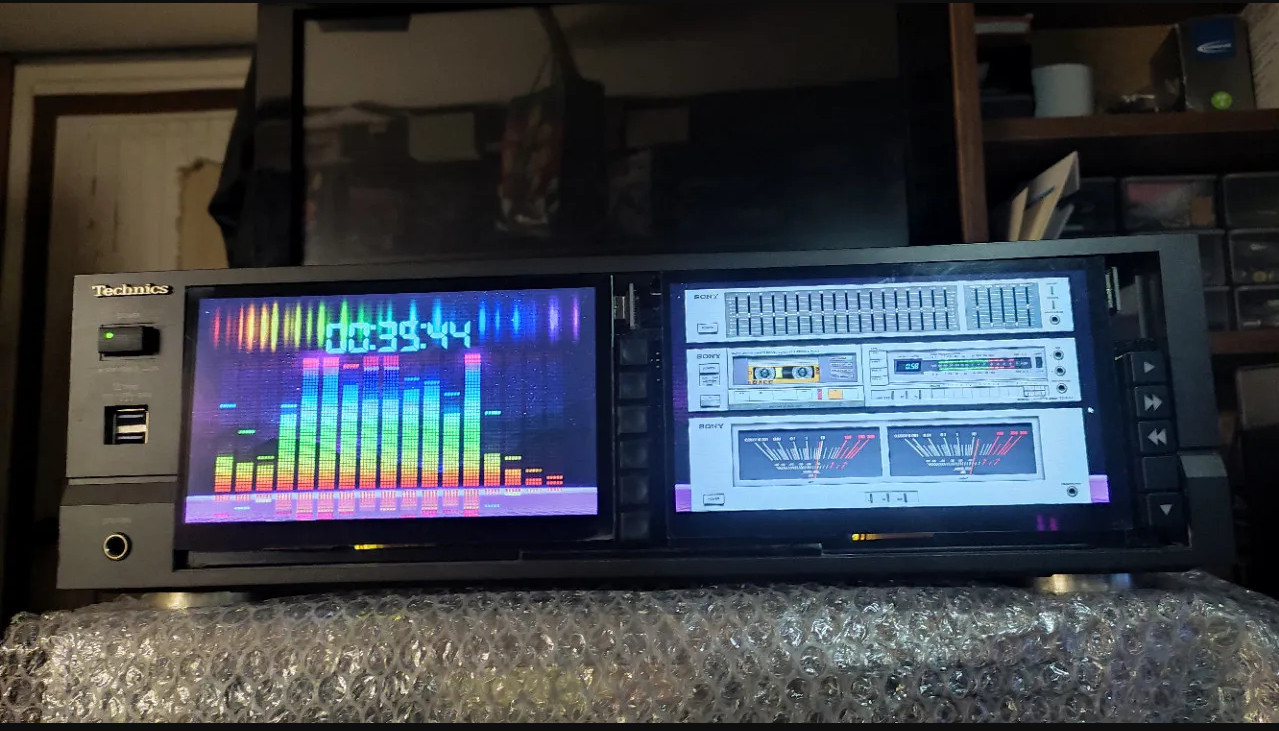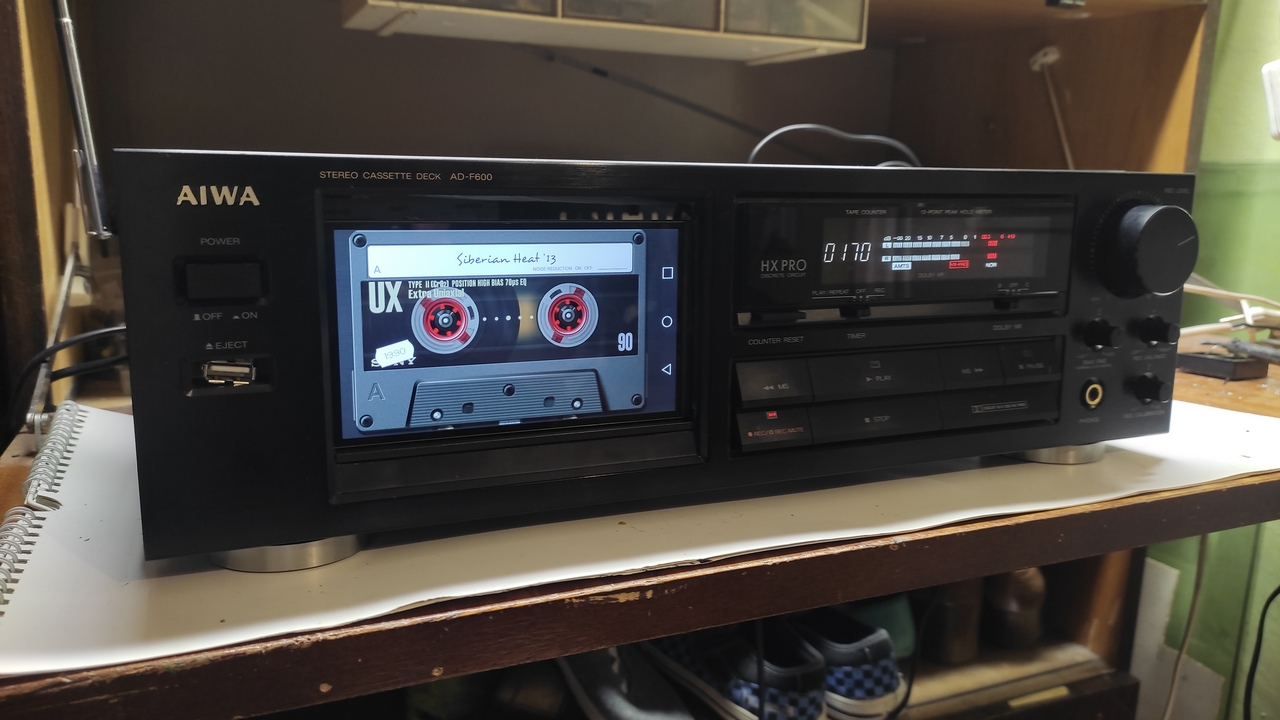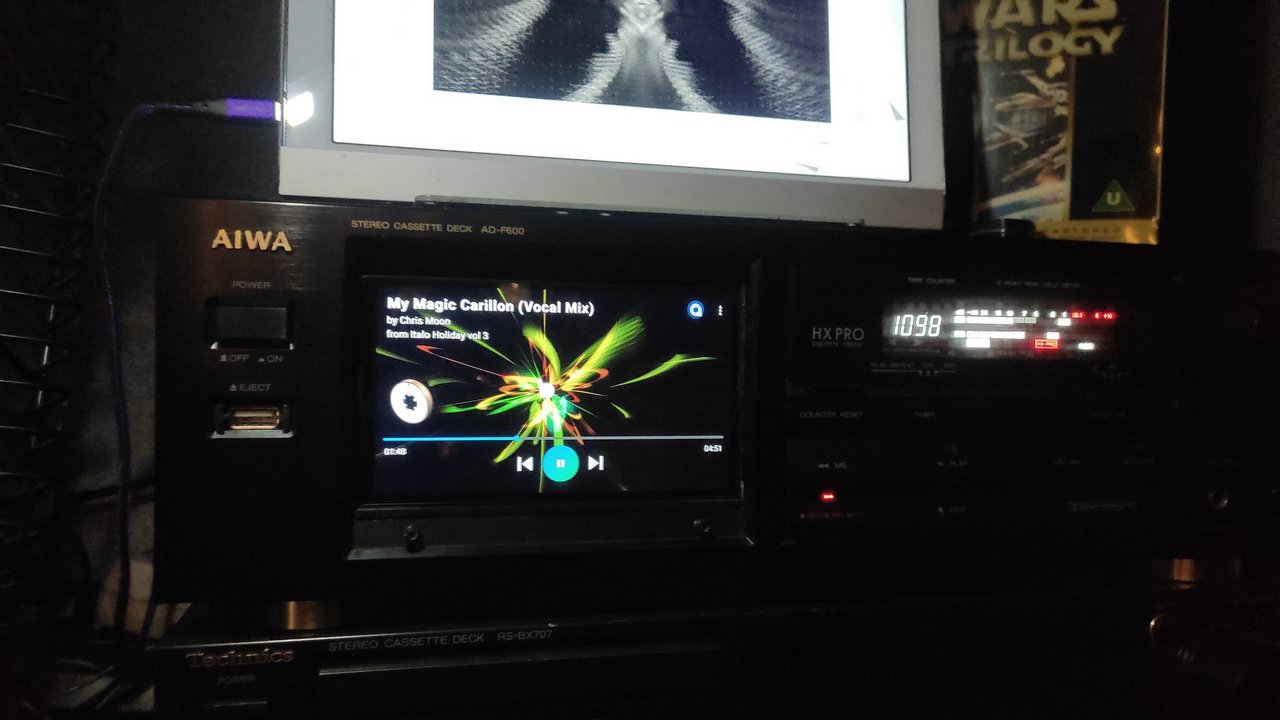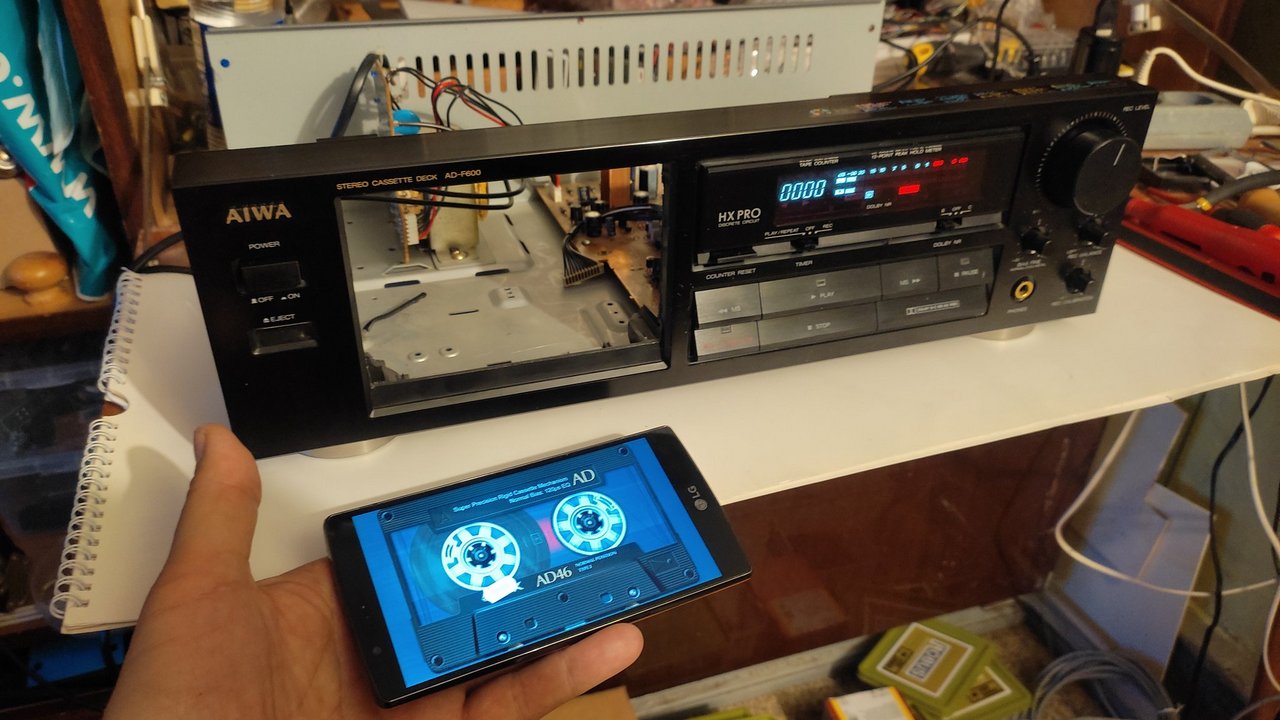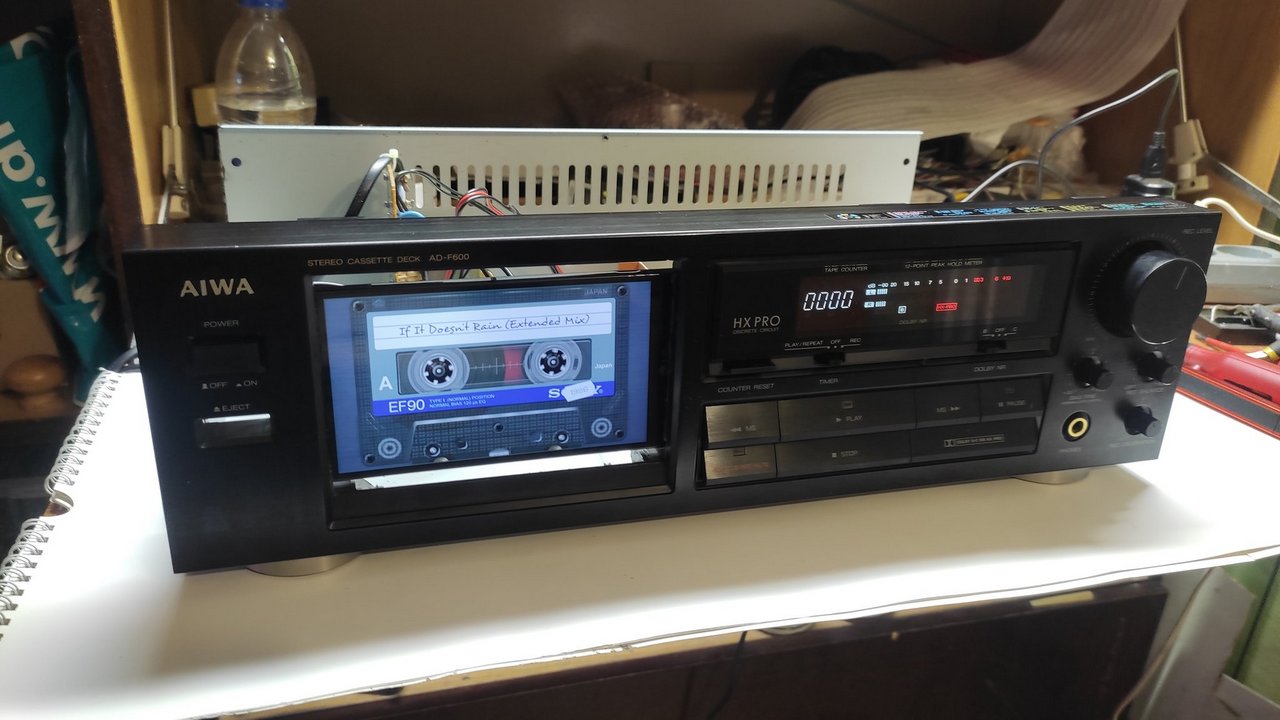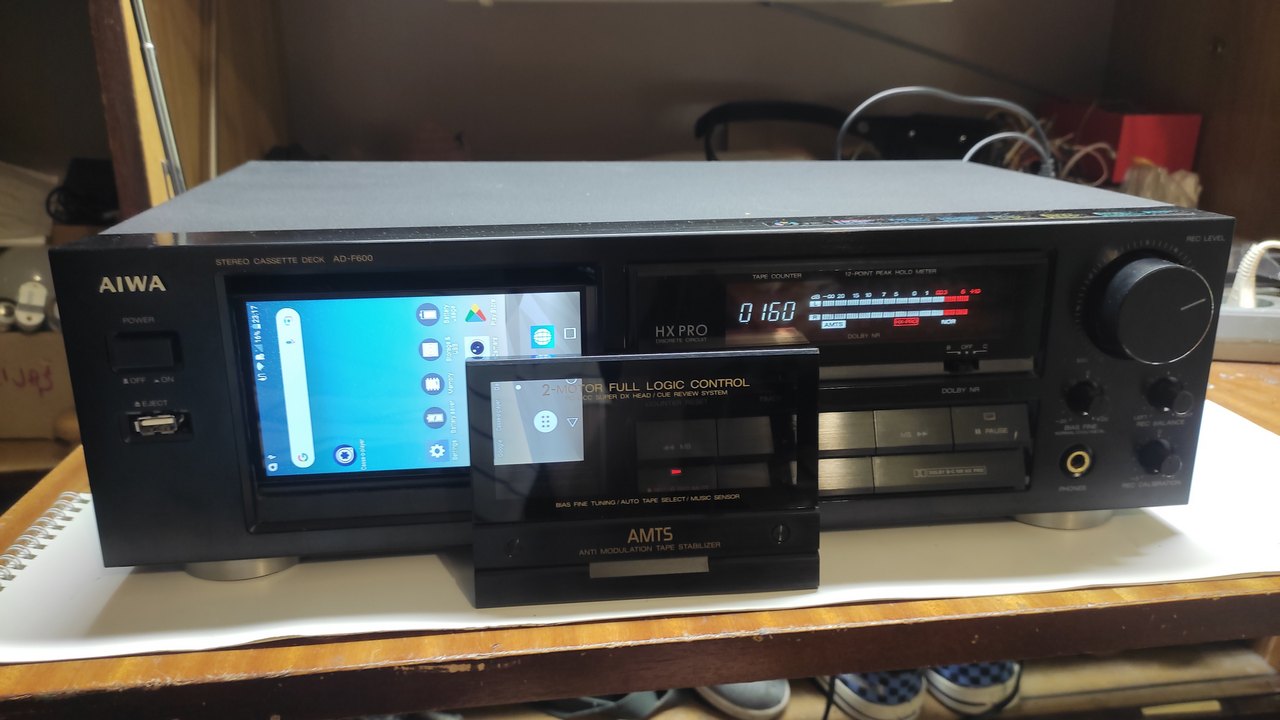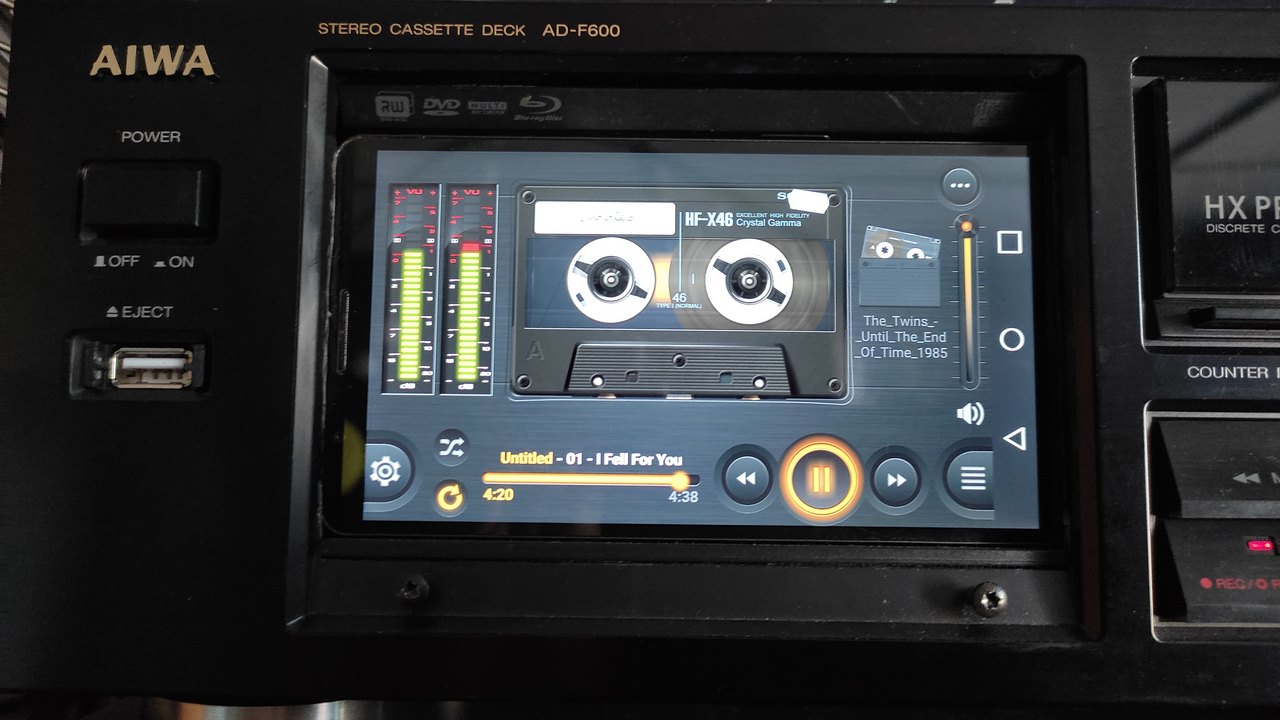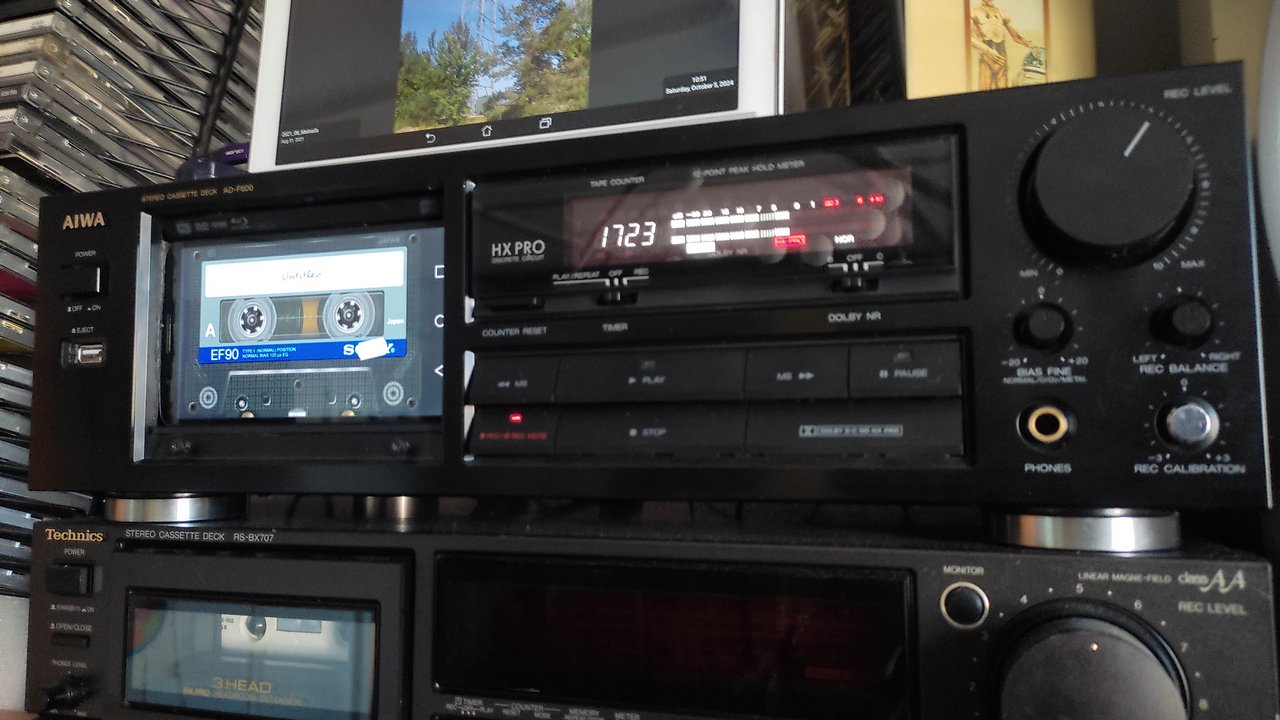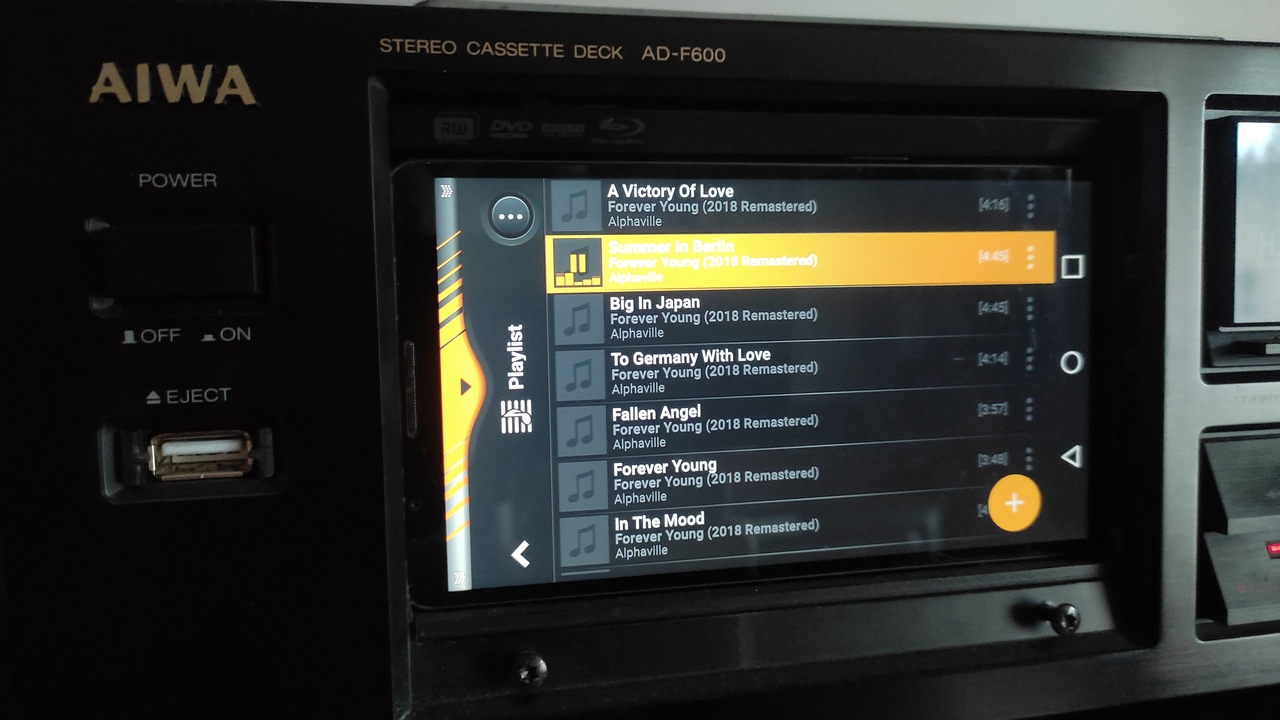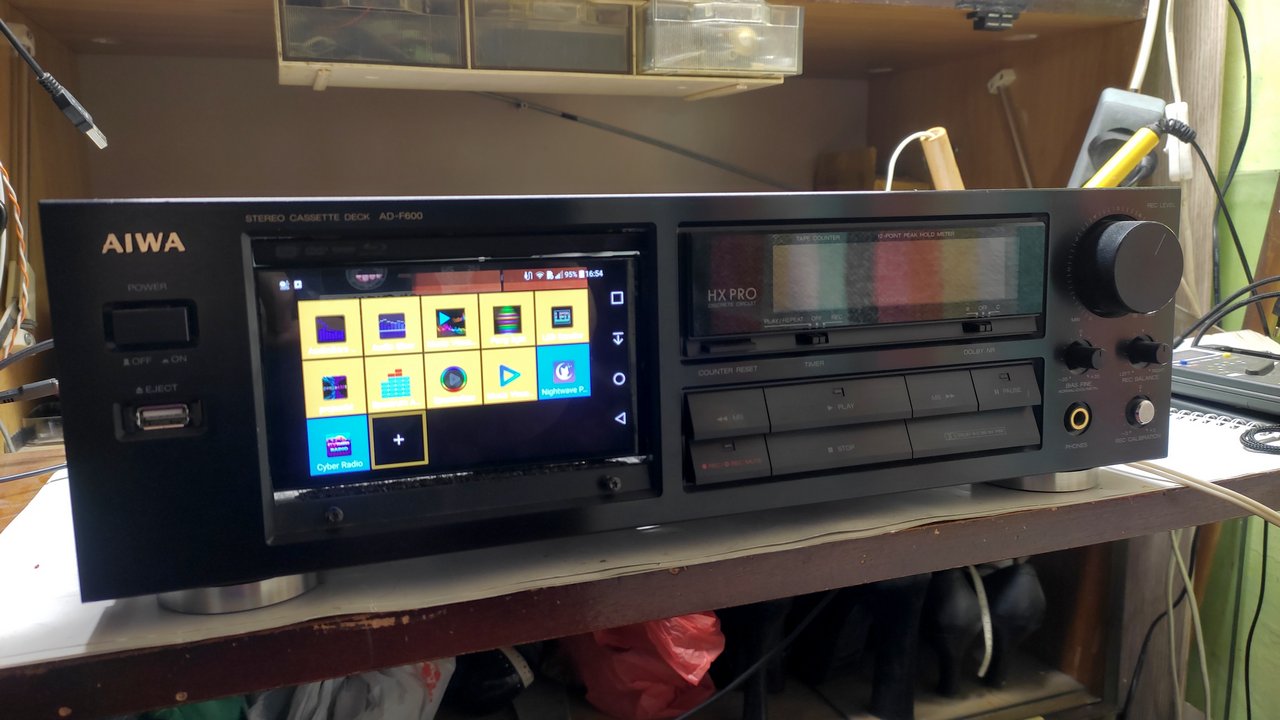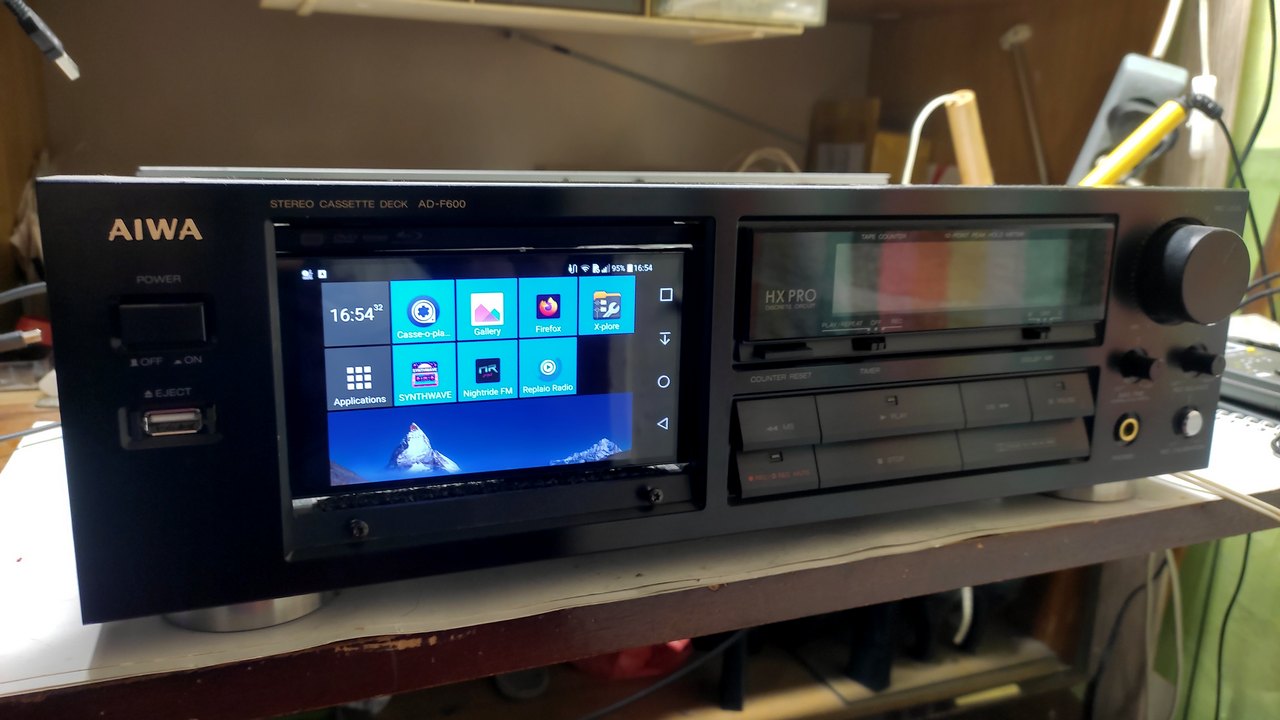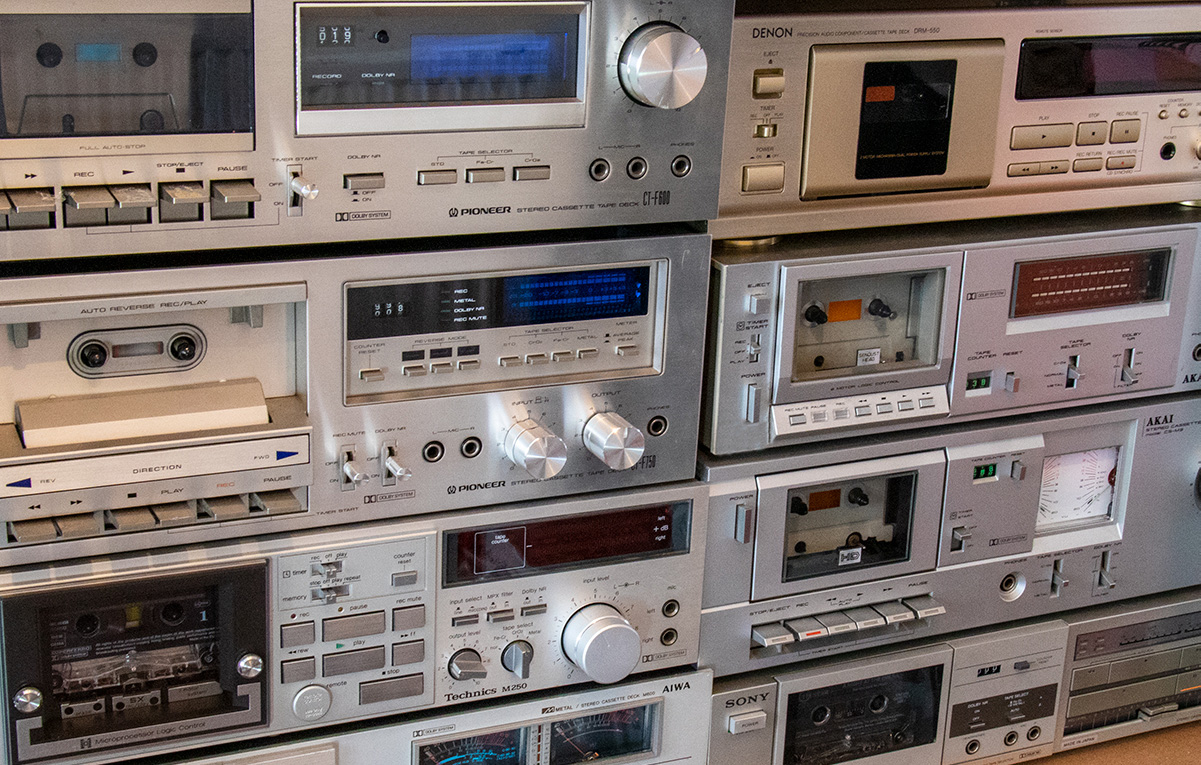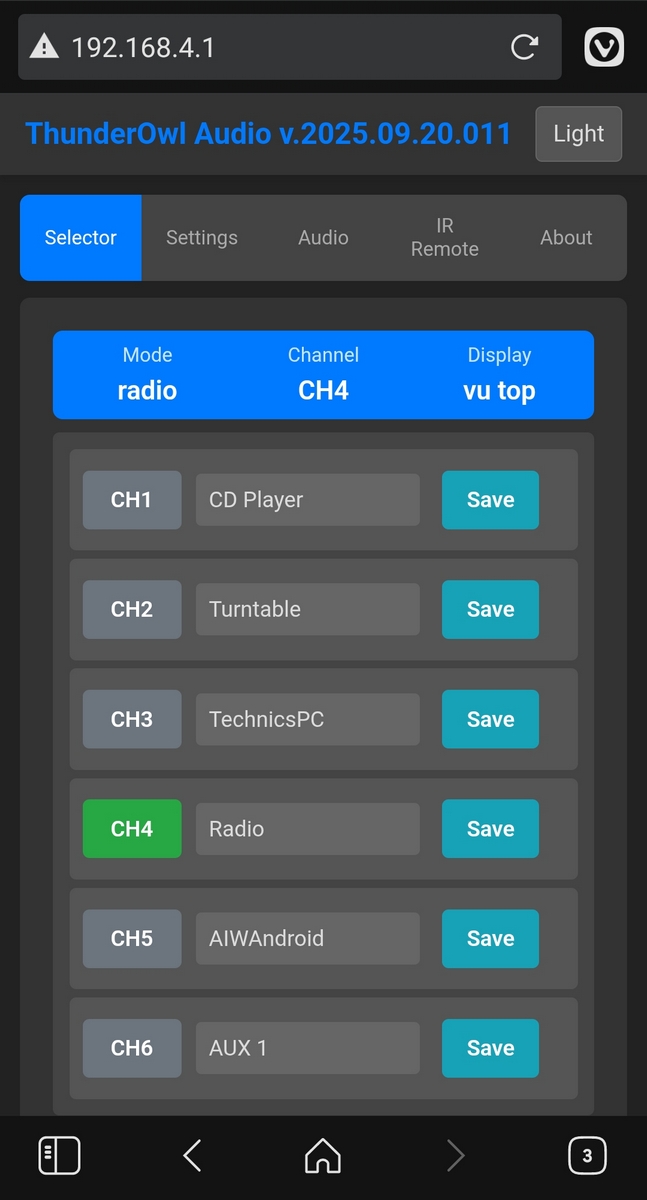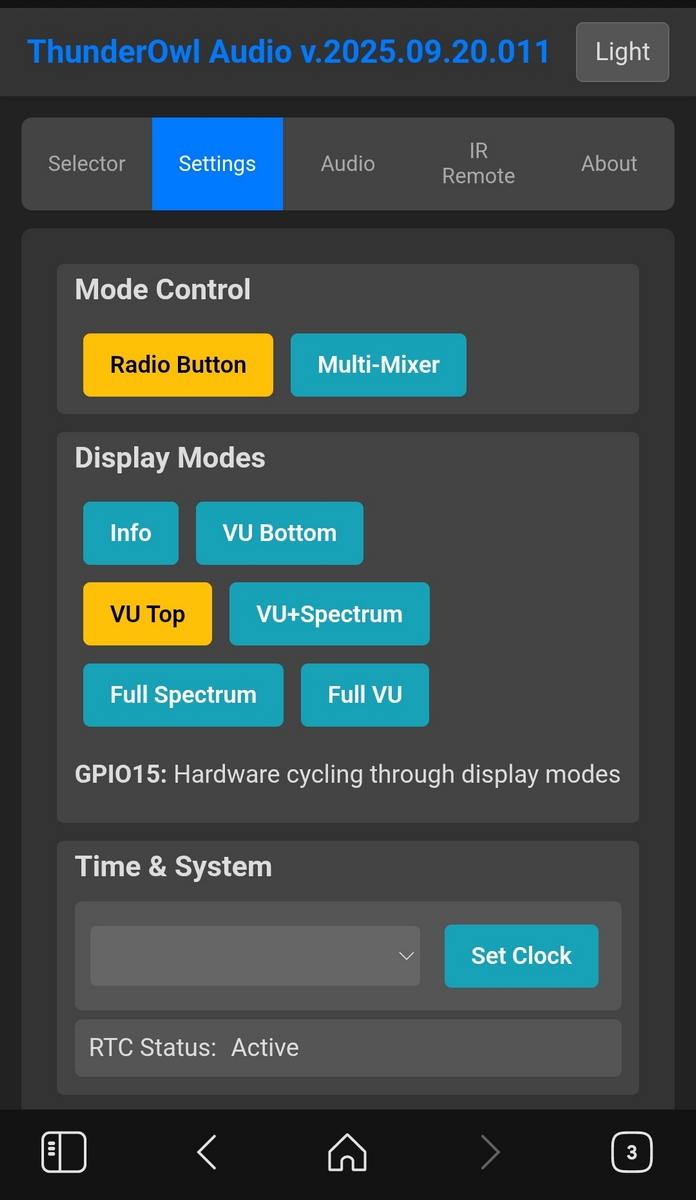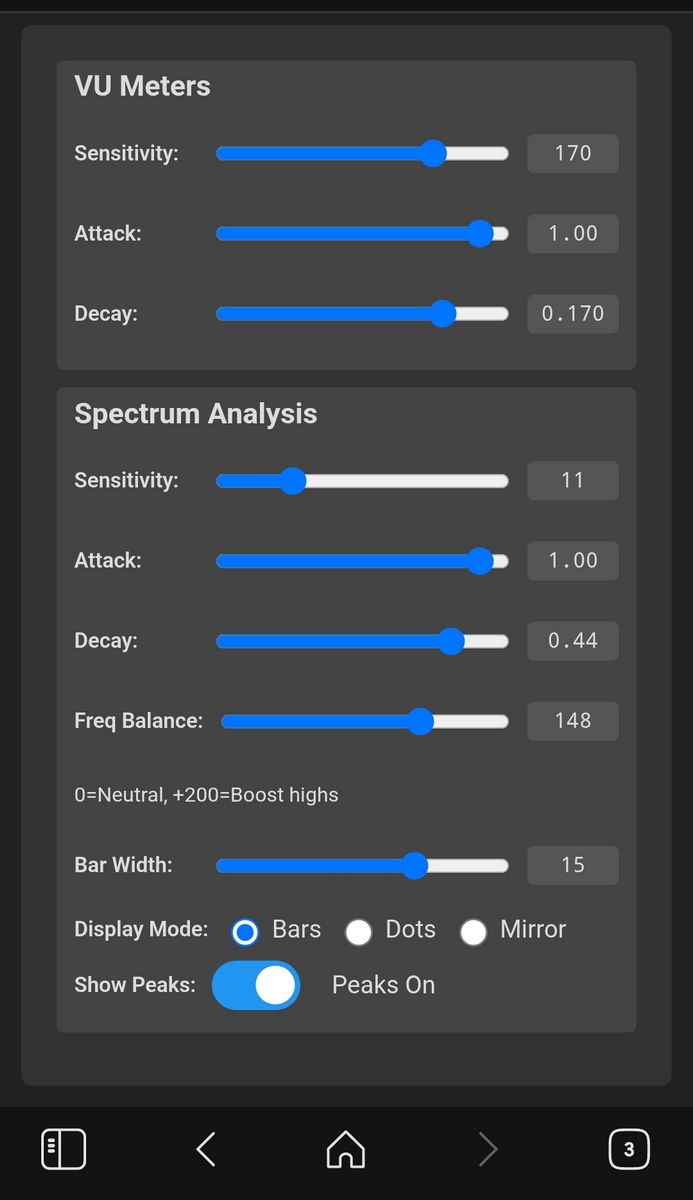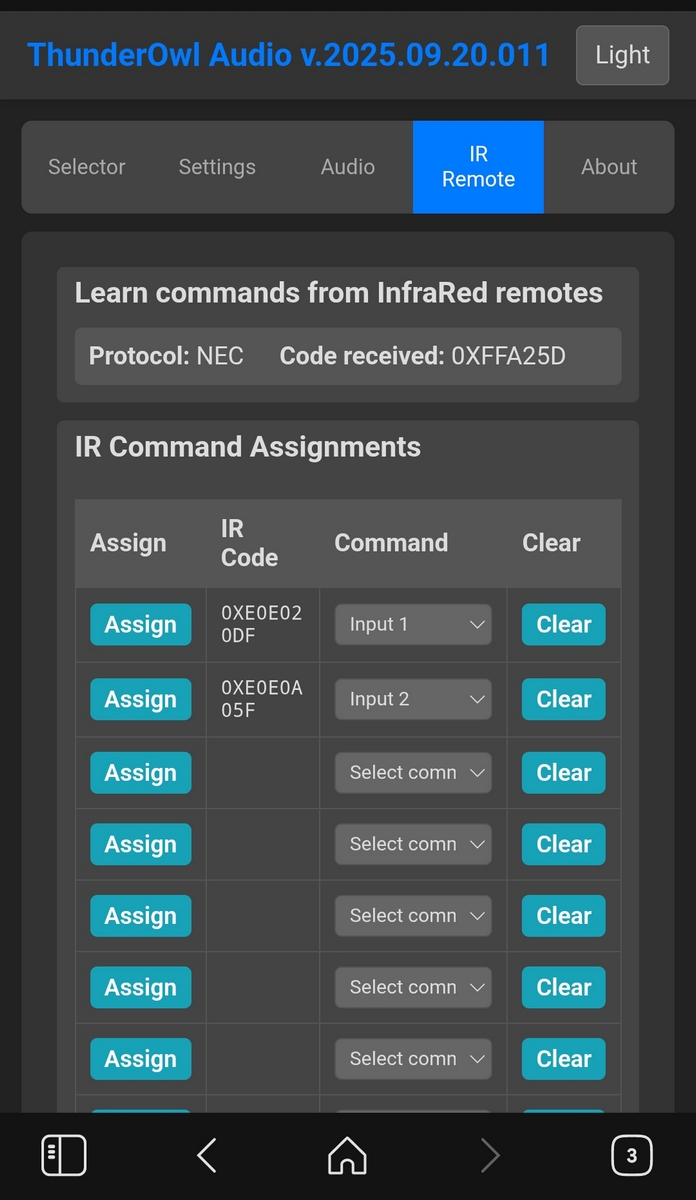
Juris "ThunderOwl" Perkons
UE Developer • Electronics Engineer • Software Creator • Happy Dad

Welcome to ThunderOwl Places
I'm Latvian, happy dad, product of 80-ies. Electronics Engineer, hobbyist and tinkerer. By happy accident jumped in to Unreal Engine assets creation, and, also trying to produce some software.
Game Development
Creating Unreal Engine assets and for the gamedev community and just for "virtual sandboxing fun"
Software Engineering
My takes on music visualizations, bringing to life "why no one is making apps as I want" aspects.
Electronics
Hardware projects for music and lights, repurposing old hardware, fun and useful.
Fun
Whatever you do - enjoy the process! Goal is just a short moment. Most of time you are on the way to goal. Enjoy this time!
Software Projects
Passion-project-going-public real-time music visualization system with advanced audio analysis, multiple rendering modes, multi-lights, and comprehensive preset management. Besides classic "Color Organ" and Audio Spectrum modes, features include pseudo-3D wireframe graphics, moving of Lights Windows, RetroGrid synthwave mode, and more!
Unreal Engine Projects
Professional Unreal Engine assets and systems for the game development community.
Hardware Projects
My hardware shenanigans, mostly music and music-visualizations related.
